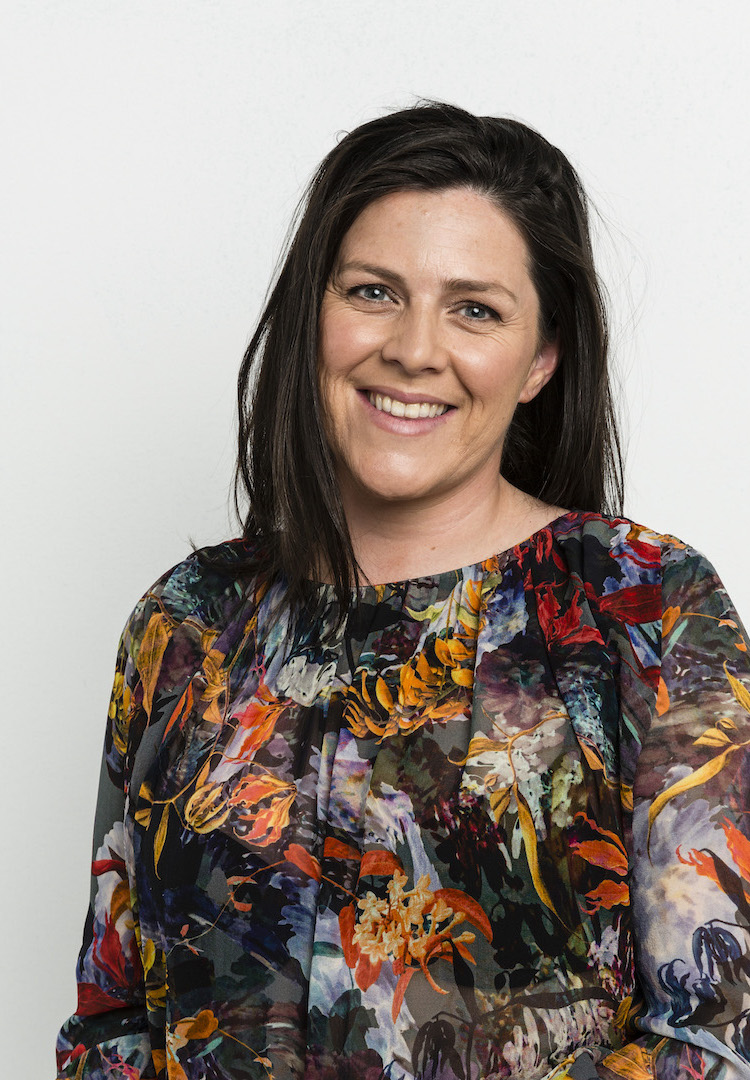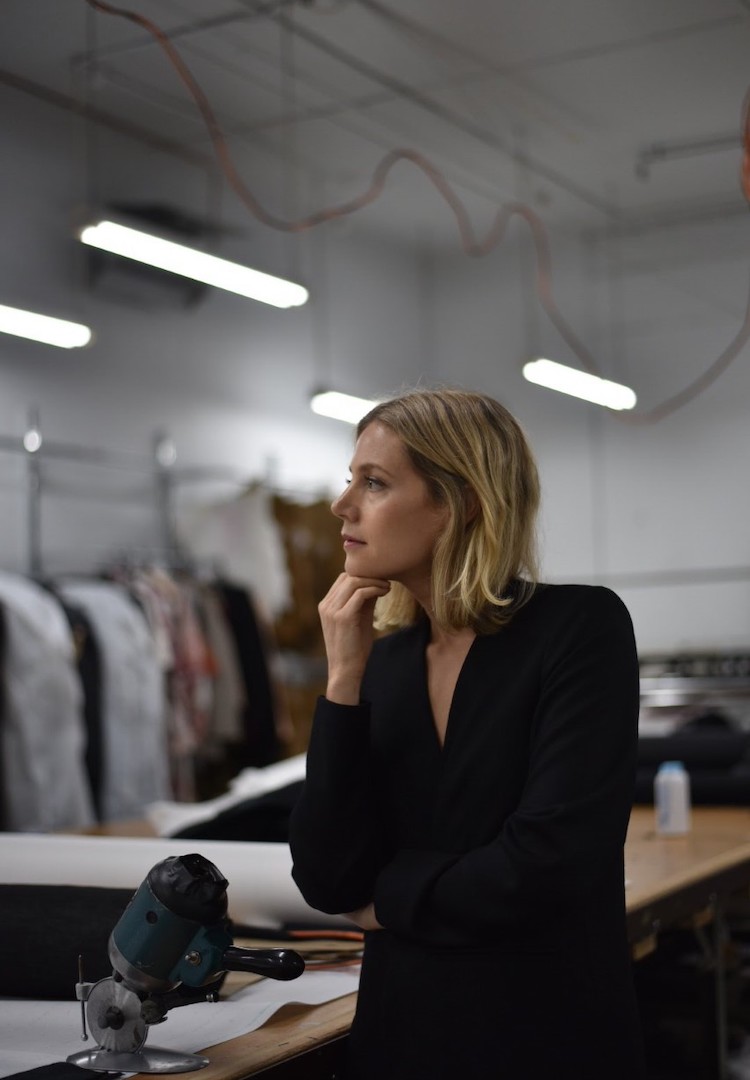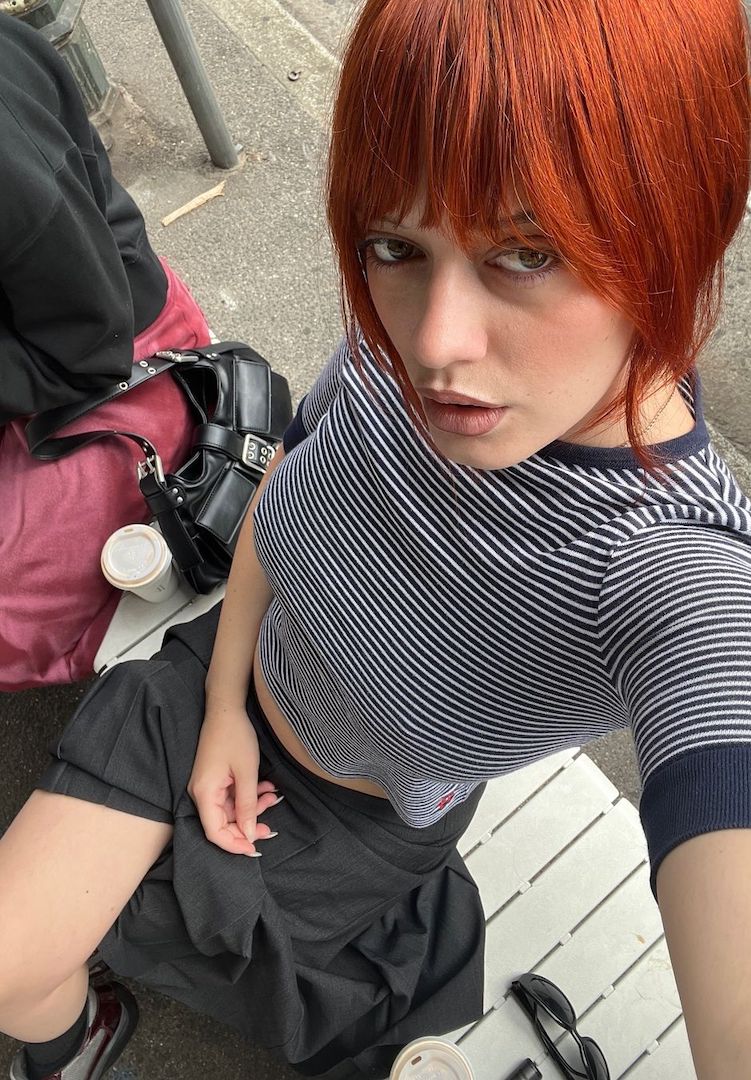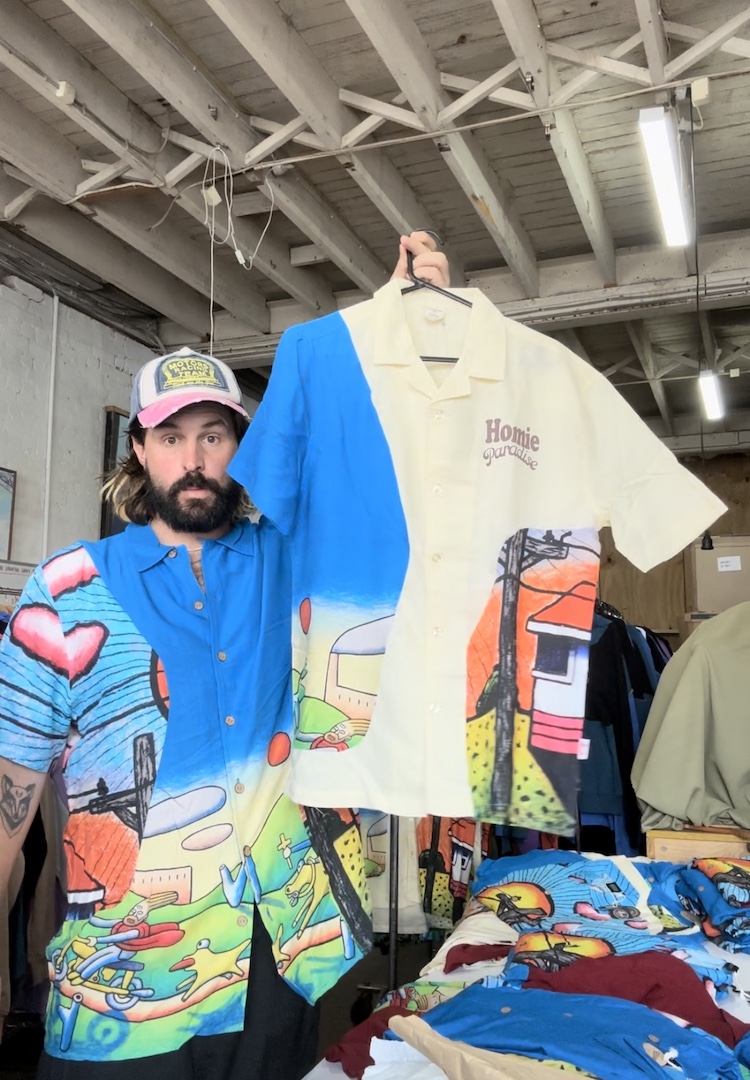Arnsdorf’s Jade Sarita Arnott on why the clothing you wear should align with your values
WORDS BY ANNIE CARROLL
The Arnsdorf effect.
If Jade Sarita Arnott is nervous, she doesn’t show it. The Melbourne-based designer has done her fair share of interviews since relaunching the Arnsdorf label in May 2017. By her own admission, they are much easier now than they used to be.
Still, it’s hard to deny the weight of expectation placed on Jade to be an arbiter of change in an industry that needs huge, tectonic shifts in thinking.
In 20 years time, Jade says, “The fashion labels that aren’t in some way addressing the critical issues of climate and environment simply won’t be relevant. The industry needs to pivot.”
It’s a sentiment that’s become increasingly prominent as the social and environmental impacts of the fashion industry become clearer. A 2019 report from resale platform ThredUp revealed the textile industry will account for 25 per cent of the global carbon budget by 2050. Approximately 108 million tonnes of non-renewable resources are used each year to produce clothing. And this is to say nothing of the human toll exacted by fast fashion production.
There’s a disconnect, Jade explains, in how this all adds up for the consumer. “Fashion wants to empower the wearer, but you can’t do this unless everyone who has a hand in the supply chain is respected. You’re only truly empowered when you wear something aligned with both your style and your values.”
Indeed, this marriage of style and values is Arnsdorf’s sweet spot. It helps that Jade is a skilled designer, marking herself early as one to watch after graduating from her fashion degree at RMIT and achieving commercial success with the first iteration of Arnsdorf, which launched in 2006. When she announced the label’s closure in 2012, it was met with sadness from fans of her unique take on archetypal clothing.
“I always wanted to touch people in a tactile way, and have an impact on their daily lives by making them feel more like themselves,” she explains. “Even early on, the idea of creating something of lasting value was very important to me. But the traditional fashion system just felt broken. The mark-down and rush to constantly deliver new stock was relentless. My uneasiness with it all just grew bigger and bigger.”
The years that followed, during which Jade raised a young family in New York City, were formative in ensuring that Arnsdorf 2.0 would work against those tides. Exploring other creative disciplines including industrial design allowed Jade to learn the benefits of rapid prototyping, which she explains “forces you to understand where the faults are and rework it accordingly”.
Jade also spent some time working with a tech start-up, pushing the boundaries of what customer service could be and gaining exposure to a group of people driven to disrupt antiquated systems. When she was ready to return to Arnsdorf, it was under an entirely new model of transparency and purpose. “The opportunity to start again meant we could completely strip it back and build up a system that worked for us.”
Today, the label operates between the bounds of the traditional fashion calendar and the freedoms of a more customer-focused approach. A permanent core collection, which Jade explains drives the largest proportion of the label’s sales, is made up of signature wardrobe staples.
A seasonal core collection sees the bestselling styles made up in limited-edition colours and fabrics, while a quarterly seasonal collection of 12 more fashion-forward pieces drops in line with the fashion calendar. It’s a pivot from the label’s 2017 approach, which aimed to drip-feed new design through in smaller batches.
“By producing in this way we are able to balance the interest of our clients by having new collections for them to experience and partake in runways and presentations as part of the fashion calendar, but it also allows our clients to build a meaningful wardrobe.”
It’s not the only change since the label’s relaunch. Eschewing traditional wholesale channels with a direct-to-consumer focus ensures Arnsdorf can maintain stronger overall control, but Jade recognises that this approach does have its limitations. Recently partnering up with third-party sites such as Well Made Clothes and The Iconic ensures the label has the opportunity scale and find a wider audience.
“To reach more people, we’ve come to the conclusion that we need to be where they are,” she explains. “It is more expensive to do what we do – we need to find as many customers as we can. Ultimately we want to create a more considered approach in the way people consume. This is a slow burn, and we are careful not to be too rigid.”
Almost three years in, Jade recognises that Arnsdorf, and indeed the entire fashion industry, is at a critical moment. “We are pushing to innovate circular ways for the system to regenerate itself. The industry can’t keep using virgin resources,” she says. There is complexity in finding the best solution, but in the meantime, Arnsdorf is committed to keeping its customers’ clothes in their wardrobes for as long as possible with its lifetime repair service.
Some might argue the nature of creating anything new, albeit designed for longevity, goes against the issue at the heart of the sustainable fashion movement: overconsumption. Jade admits it’s something she grapples with still, but recognises that there are basic requirements that humans need and clothing is one of them.
“Good design improves our day to day lives. We can marry those things together to have good outcomes for the planet and people, and still have the joy of good design,” she says. “We can still indulge in those things that make us feel good.”










